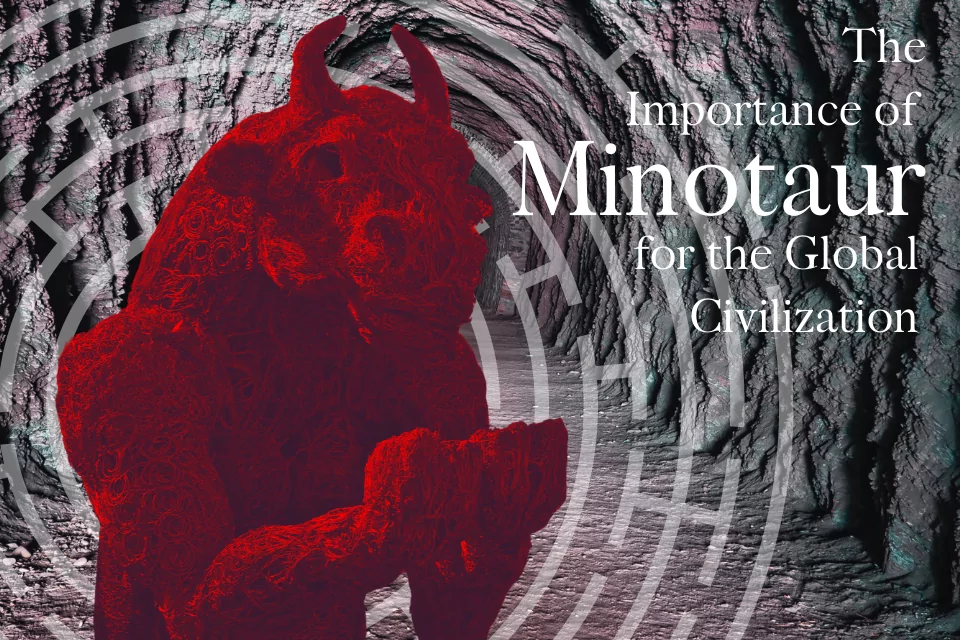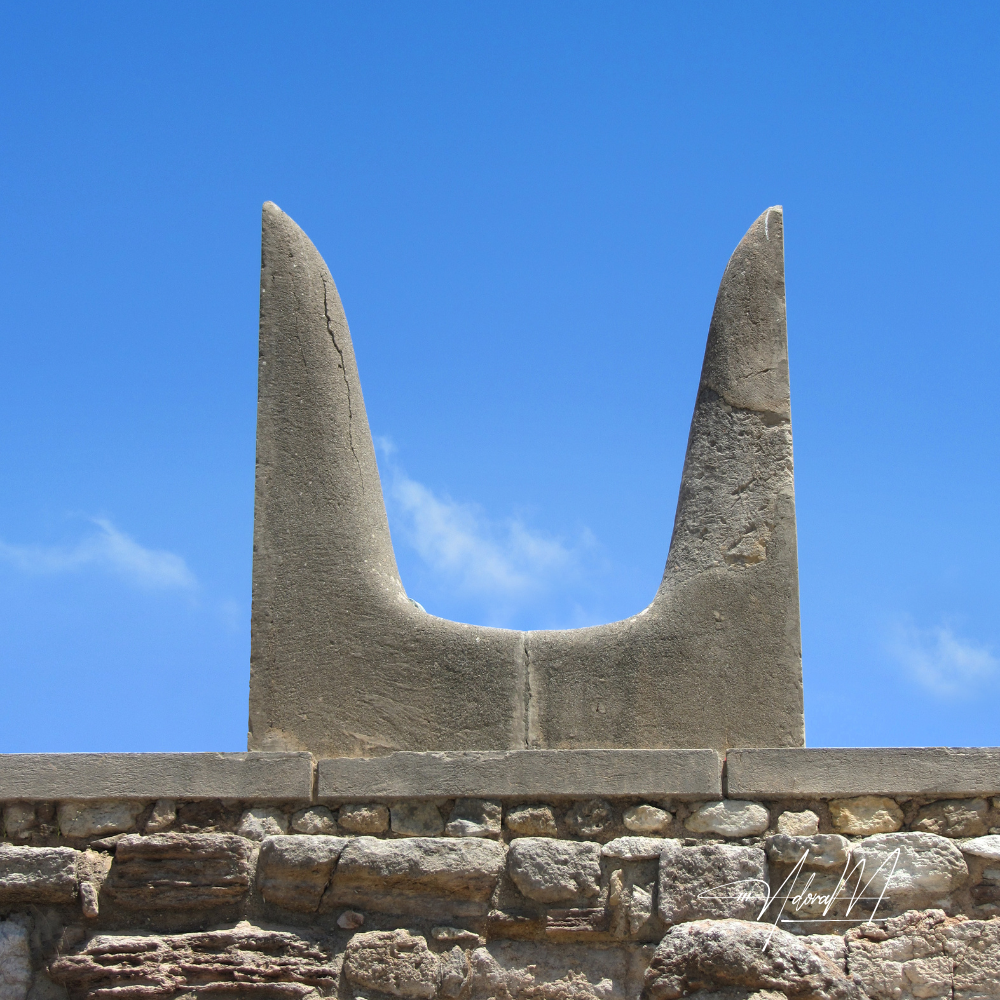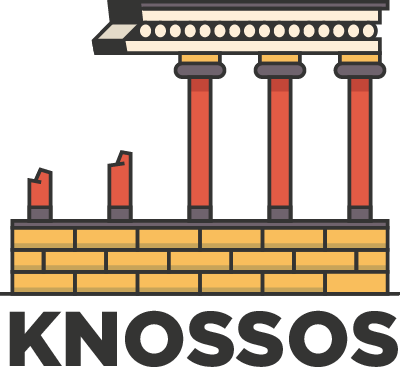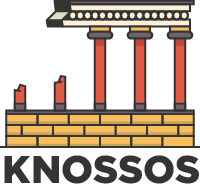
The importance of Minotaur legend for the global civilization
Table of Contents
The Minotaur legend is one of the most ancient and mysterious tales from Greek mythology. For centuries, it has been shrouded in mystery and intrigue, captivating both the minds of scholars intent on understanding its hidden secrets as well as inspiring millions of tourists to explore its sites and locations around the world. The story involves a ferocious half-man, half-bull creature that was kept in captivity by Minos King in a special labyrinth built beneath his palace at Knossos in Crete. This story will take you on journey through time to rediscover this unique tale which not only carries an immense historical significance but also illuminated a pivotal moment in global civilization history. Come explore with us the various destinations around the world associated with this grand legend!

Introducing the Mythical Minotaur: Uncovering the Origin
Welcome to the mysterious world of Greek mythology and the legendary creature of the Minotaur. This half-man half-bull creature has been captivating imaginations for centuries with its terrifying presence and intriguing origin. According to the myth, the Minotaur was born from the union of the Queen of Crete and a majestic bull. Its unusual appearance and fearsome nature have made it a popular subject of art, literature, and film.
To uncover the origin of the Minotaur, one must delve into the rich history of Greek mythology and explore the ancient ruins of Crete. This mystical creature is sure to pique your curiosity and inspire your sense of adventure on your next travels.
Exploring the Significance of the Minotaur’s Labyrinth throughout Ancient History
Exploring the significance of the Minotaur’s labyrinth throughout ancient history is like embarking on a journey through time. The Minotaur, a creature with the body of a man and the head of a bull, was said to be imprisoned within a vast maze on the island of Crete. Legend has it that the labyrinth was constructed by the master craftsman Daedalus, who had been commissioned by King Minos to create a prison for the beast. For centuries, the labyrinth has captured the imaginations of storytellers, artists, and historians. Its significance lies not only in the mythological creature it contained, but in the intricate design of the maze itself, which was said to be so confusing that no one could escape it without the help of a guide. The labyrinth has become a symbol of the human psyche – a metaphor for the twists and turns of the human mind. So why not pack your bags and take a trip back in time to explore the Minotaur’s labyrinth for yourself? Delve into its history, uncover its secrets, and discover why the labyrinth continues to fascinate us even today.
Understanding the Symbolism and Impact of the Minotaur in Greek Mythology
When exploring the fascinating land of Greek mythology, one cannot help but be drawn to the enigmatic creature known as the Minotaur. This fearsome beast, born from the unnatural union of a queen and a bull, has become a symbol of both terror and mystery. The labyrinth that housed the Minotaur has become synonymous with intricate puzzles and mazes, and the story of Theseus and the half-man, half-bull monster is a classic tale of heroism and cunning.
The Minotaur is undoubtedly one of the most intriguing creatures in Greek lore, captivating both historians and entertainment enthusiasts alike. Its impact on modern culture cannot be overlooked, as it has inspired countless works of art, literature, and even video games. To truly understand the significance of the Minotaur, we must delve deeper into the history and mythology of ancient Greece.
Examining How Minoan Culture Impacts Our Modern World
If you ever find yourself on the enchanting island of Crete, you simply can’t miss the opportunity to explore the fascinating remnants of the Minoan civilization that flourished here over 3,500 years ago. This ancient culture was renowned for its artistic prowess and advanced technologies in areas such as architecture, engineering, and agriculture.
But their legacy goes far beyond just impressive ruins and artefacts. The Minoans have had a profound impact on our modern world – from inspiring contemporary fashion designs to influencing government policies on renewable energy. By examining their culture, we can gain valuable insights into the importance of creativity, innovation, and sustainability that still hold true today. So, take a trip back in time and discover the wonders of Minoan civilization – it’s a journey you won’t regret.
Connecting Archetypal Themes to Ancient Greek Legends of the Minotaur
As you explore the ancient Greek legends surrounding the Minotaur, you can uncover deep connections to archetypal themes that persist even in modern storytelling. The Minotaur, half-man and half-bull, embodies both the bestial nature of humanity and the struggle to suppress that nature in favor of reason and order.
The labyrinth in which he lurks becomes a symbol of the twists and turns of the human psyche, a maze that heroes like Theseus must navigate to overcome their inner demons. As you walk in the footsteps of Theseus and other Greek heroes, you can see how their journeys reflect our own struggles against the primal forces within us. The legends of the Minotaur remind us that, like Theseus, we can find our way out of the labyrinth and into the light of self-awareness and greater understanding.
Analyzing its Minotaur’s Influence on Art, Literature, and Cinema Across Cultures
The legendary creature known as the Minotaur has left an indelible mark on art, literature, and cinema across cultures, captivating the imaginations of people worldwide. This half-man, half-bull creature has been depicted in countless works of art, ranging from ancient Greek pottery to modern-day sculptures. In literature, the Minotaur has been featured prominently in Greek mythology, but its influence can also be seen in other cultures, such as Hinduism and Chinese folklore.
The Minotaur has also made appearances in films, serving as a symbol of power, strength, and ferocity. Its legacy continues to inspire and fascinate artists and storytellers, showcasing its enduring appeal across generations and across the world.
Minotaur Myth and Psychological Archetypes
The Minotaur myth, with its haunting labyrinth and fearsome hybrid creature, serves as a profound exploration of Jungian archetypes, particularly illuminating the concept of the shadow self in modern psychology. This ancient tale provides a rich metaphorical landscape for understanding the intricate journey of self-discovery and the inevitable confrontation with one’s innermost fears and desires.
The labyrinth itself symbolizes the complex, often convoluted path one must navigate in the quest for self-awareness, while the Minotaur embodies the dark aspects of the psyche that individuals must face and integrate. This intersection of myth and psychology offers a compelling framework for examining the universal human experience of battling the shadow self. Through the lens of the Minotaur legend, we gain deeper insight into the nature of personal growth, the importance of acknowledging and confronting our darker sides, and the transformative power of understanding our own inner labyrinths.
The Minotaur Legend in Esoteric Tradition
Throughout history, the myth of the Minotaur has found its way into various esoteric and cult traditions, serving as a powerful symbol with rich allegorical interpretations. The Minotaur, a creature that is half-man, half-bull, confined within the Labyrinth, has been linked to multiple themes, including duality, power, and the subconscious mind.
In Freemasonry, the Minotaur embodies the wild passions and desires lurking within the human psyche. The Labyrinth signifies the trials and tribulations encountered on the spiritual path towards self-mastery. Triumphing over the Minotaur symbolizes the taming of one’s inner beast and the attainment of spiritual enlightenment.
From a Jungian psychology perspective, the Minotaur reflects the Shadow, the unconscious segment of the personality harboring suppressed thoughts, emotions, and desires. In this context, the Labyrinth represents the profound depths of the subconscious mind, where the Shadow dwells. Facing the Minotaur symbolizes confronting one’s Shadow and integrating it into the conscious personality.
In certain occult traditions, the Minotaur is linked with malevolent forces of nature and destructive aspects of the human psyche. Here, the Labyrinth signifies the ensnarement of the human spirit in the physical world. Escaping the Labyrinth symbolizes liberation from the physical realm and spiritual ascension.
Within Aleister Crowley’s philosophical system, Thelema, the Minotaur symbolizes the constraints of the human ego and the necessity to overcome it. The Labyrinth signifies the illusions and delusions entrapping the ego in a state of ignorance. Defeating the Minotaur symbolizes attaining true self-awareness and liberation from ego limitations.
In specific neo-pagan traditions, the Minotaur is perceived as a protector of the sacred feminine, signifying the raw and untamed force of nature. The Labyrinth symbolizes the enigmas of femininity and the initiation path. Encountering the Minotaur symbolizes confronting and accepting the power of femininity, leading to access to deeper spiritual wisdom.




